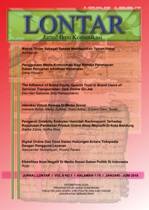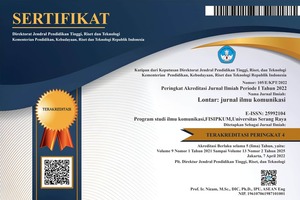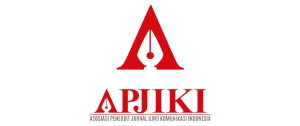The Influence of Brand Equity Against Trust in Brand Users of Services Transportation Ojek Online Go-Jek
DOI:
https://doi.org/10.30656/lontar.v6i1.647Abstract
In its development today there are many companies ojek service provider online. Brand strength (Brand Equity) to benchmark a brand can survive in the middle of crowded product or not. Brand equity or brand equity is a set of brand assets and liabilities associated with a brand, name, symbol that is able to increase or decrease the value provided by a product or service both to the company and to the customer. But strengthening the brand is not easy, the company must have some assets that can complement the brand remains strong in the middle of market share. And there are many other factors that must be considered in maintaining consumer confidence in the product.The purpose of this research is to find out whether the strength of Brand (Brand Equity) affect the Trust in Brand consumers or users on the brand to use the service Transport Ojek Online Go-Jek. The theory which is the reference in the analysis is the Information-integration Theory approach. Information-integration for communicators centers on the way we accumulate and organize information about all people, objects, situations, and ideas that shape attitudes or a tendency to act in a positive or negative way. Research method that researcher use is survey method. Survey method is used to get data from a certain place that is natural, in collecting data, done by distributing questionnaires, test, interview, structured and so on.  The analysis used by the researchers is regression analysis. Regression is intended to find the form of relationship of two variables or more in the form of a function or equation whereas correlation analysis aims to find the degree of closeness relationship two or more variables.Downloads
Published
Issue
Section
License
By submitting an article to the journal, the author(s) agree to transfer the published article's copyright to the journal, which will act as the publisher. This means the journal will have the right to publish the article in various forms, including reprints. The journal will maintain the publishing rights to the published articles.
In line with the license, authors and third parties (readers, researchers, and others) are allowed to share and adapt the material. In addition, the material must be given appropriate credit, provided with a link to the license, and indicated if changes were made. If authors remix, transform, or build upon the material, authors must distribute their contributions under the same license as the original.






